Disclaimer:
In 2007, when I fully grasped what Apartheid was, South Africa became my dream destination because of the similarities with America. I wanted to understand the socioeconomic impact of Apartheid.
Right before visiting a lot of people cautioned me about visiting Johannesburg and advised I skip it and solely do Cape Town.
All photos taken with iPhone 6s.
Shout out to my travel crew: DJ, IV, Tiff, & OB. My travel experience is nothing without you all.
Before I get started, I think context means a lot (actually, context is everything) so here’s a semi quick recent history spill.
South Africa is the most southern country on the continent of Africa, geographically located in the southern hemisphere. It is the most richest as well due to the discovery of 20% of the world’s supply in gold in the 1800s.
South Africa was “discovered” by Europeans in the 1450s by Portuguese explorers. The Portuguese used South Africa as a trade port for spices and others goods and shit until the 1600’s.
The Dutch and the British then came and colonized South Africa from the span of 1600-1900. There was a lot of land and resource pilferage as a result. This caused displacement and subjugation of the native tribes like the Zulu, Xhosa, Bantu, etc. The Dutch brought in slaves from Indonesia, Malaysia, India, and other African countries for mining and land cultivation.
(Also, have you heard of the Berlin Conference? In 1884, 13 European countries + America decided how they were going to divide the continent of Africa up among each other for their own control.)
There were several conflicts & battles between the native tribes and the Anglo’s, where probably hundreds of thousands if not millions of native South Africans men, women, and children were killed (I didn’t do the research, just a shallowly educated assumption.)
Due to the conflict between the British and the Dutch, the British eventually dominated and put the Dutch into concentration camps and allowed tens of thousands Dutch prisoners to die from deprivation and violence. (see Amersfoort Concentration Camp)
In 1948, white nationalists (finally) implemented Apartheid to (legally. This system already informally existed) establish institutional racial segregation (the three categories of segregation were: white/colored/African – “Colored” in South Africa means mixed blood). The color of your skin dictated access to housing, public spaces, and employment opportunities (keep in mind this culture already existed for atleast a hundred years, however, it was finally implemented into law following the example of America’s Jim Crow). Black South Africans had to carry a passbook at all times to monitor and validate local travelling or be sent to prison. It was illegal for them to be in white spaces without permission.
(Sound like America yet?)
Through Apartheid, resistance and liberation organizations like the African National Congress (ANC – Founded in 1912) and South African Student Organization (SASO – Founded in 1968) arose. The ANC is where Nelson Mandela became recognized as a national leader. And Steve Biko established SASO, which would later be called the Black Consciousness Movement. I would equate the ANC & SASO to American organizations like the SNCC, SCLC, and the Black Panthers. The ANC’s primary goal was to end Apartheid through structural change. This mission would fall off and evolve as leadership changes due to several of the leading freedom fighters being sentenced to lifetime imprisonment by 1968. Steve Biko’s SASO would step in to lead the way during the 1970’s for liberation. SASO/BCM also shared ANC’s goal but also sought psychological change. Their thought was, there was no point in demanding structural change (changing the laws) if we didn’t address the psychological influence hundreds of years of subjugation would cause to a people operating under a system still being oversought by white people. Steve Biko was killed under police detention in 1977.
(For clarification, the representation of these organizations were a reflection of the overall country. Majority of the freedom fighters were black Africans, but there were also a several white and Indian freedom fighters. South Africa was fairly diverse from colonization and the import of slaves from East and Southeast Asian countries)
In 1990, Nelson Mandela being one of the hundreds of ANC freedom fighters imprisoned for the past 27 years away from the struggle, was released and negotiated a treaty to end Apartheid.
Apartheid ended in 1994. There’s much dispute over if the treaty was in the best interest of the African/Colored people. The agreement was that Apartheid would end, black people would be enfranchised again, and through the Truth and Reconciliation Commission (TRC), any person that committed atrocities during it could confess their wrongdoings and be forgiven with no further consequence as an act of reconciliation. Black South Africans felt it too lenient and that black people still received the short end of the stick, so they felt Mandela sold them out for his own freedom or that he lost touch with what the struggle was from being disconnected from the movement due to prison isolation. However, there are still many black people that view Mandela as a symbol for freedom and determination (the need for symbols in any society is fascinating).
Ok, now lets move on to my experience.
I hella fux with South Africa. Oddly though, first thing I noticed as I arrived in the O.R. Tambo International Airport in Johannesburg (South African airport), was most the women looked like Nelson Mandela (this observation would soon become debunked). I was conflicted.
I visited two cities/provinces (a province is equivalent to a state), Johannesburg and Cape Town. Johannesburg is reminiscent of a New York City and Cape Town a San Diego. Johannesburg being more dense, inland, and having taller projects like buildings (also blacker). Cape Town being more coastal with newer developments and shorter buildings to preserve the iconic scenery surrounding it like Tabletop Mountain with along with the other mountain ranges, lush forestry, and the Indian Ocean (also whiter).
Johannesburg resembled New York City except it wasn’t along any water. There’s about 4.5 million people there and very dense with hella 30 plus story residential buildings. I noticed a lot of poverty and low-to-middle class people there.
I stayed in a newly “gentrified” arts & culture district called the Maboneng Precinct. The thing about South Africa is that it is 85% black, however, white people still control majority of the wealth and power. So the art district was hella black, but the building and housing was owned by the Dutch. Anyways, the neighborhood was dope. Majority of the buildings were renovated warehouses converted into lofts and work spaces. Everything I needed was within a 2 block radius: bars, restaurants, independent theater, craft beer, grocery, museums, cafes, arts, shopping, and dope graffiti.
While in Maboneng Precint, I randomly linked up with the homie, Martin, from the Bay (he ironically was in South Africa working on his PhD dissertation and I didn’t even know it) and made new friends, Beno & Nandi from Johannesburg. We saw James Baldwin’s “I Am Not Your Negro” at a quaint independent theater in the neighborhood. I saw the same documentary in Seattle a few months ago in an audience that was 75% white. Watching it again in South Africa, had a different feeling. I think the first time I was too busy trying to sense the level of empathy within the theater because as always, I wonder what people think about the testimony of sincere black pain. The second time though I felt more in tuned with what was being said in the documentary even more interesting, I’m on another continent, different environment and I could feel everyone in this South African theater was feeling it too. (also, although the documentary was based in the 1960’s, 45’s first 9 months of presidency and the controversial events surrounding it, made it feel hella more relevant!),
Afterwards, me and Martin grabbed a beer next door at the craft beer spot. A few minutes later a random South African couple (Beno & Nandi), that saw the documentary too, noticed we were American and asked us what we thought about it. During the next 5 hours, 4 newly acquainted strangers drank 2 bottles of wine, a 5th of Johnny Walker, a pack of ciggs, and shared music, our experiences and ideas regarding “I Am Not Your Negro”
I stayed in Sandton, an affluent suburb of Johannesburg, at a player ass Beverly Hills mansion looking airbnb. I didn’t like that shit.
Next up Cape Town.
Cape Town was hella photogenic and beautiful. Also, in comparison to Johannesburg, hella white. (It’s also WINDY AS FUCK!!!)
Oh yeah, let me add that around these well known cities are these shanty house type towns called Townships. During Apartheid, blacks were isolated to only living in the townships while white people got to stay in the city. So as you’re driving from the airport, outside of the city into the city, you drive by these townships while looking towards the “big city” in the skyline.
You instantly notice how iconic Tabletop Mountain and the mountain range that connects it to the ocean is.
We stayed at a pretty dope Airbnb. The host was a white couple from Cape Town. The husband was a musician, handyman, and a gardener. The condo had all those elements. Vinyl records everywhere. Throwback musical equipment like 8 track players, record players, super 8 film recorders, and hella other shit that I don’t even know the name for. The patio was on the third story and was as wide as the condo itself and had plants and small trees all over the place. It was like a mini oasis. The wife was in safari sales and was away in Zimbabwe, Namibia, and Botswana for work.
So like I said, Cape town was hella white compared to Johannesburg, it also had a super chill Cali vibe. The cool thing about Cape Town is that you could easily lose yourself marveling at all the beauty of nature around you (if you’re living in the city or driving on the freeway that is. I imagine the experience is different if you live in the townships).
There’s an Alcatraz type prison in Cape Town called Robbens Island. It’s existed as a prison for hundreds of years operated by the Portuguese, Dutch and British throughout the years but during Apartheid, it was solely used to house political prisoners (FREEDOM FIGHTERS). It’s where Nelson Mandela and hundreds of other freedom fighters from anti-Apartheid organization were sentenced to serve life terms. Well we took a ferry and visited it and yeah, its pretty much like Alcatraz. Imprisoned on an island with a dope ass view of the city skyline on the other side of the prison walls. The prison is now shutdown and accessible for prison tours and nuptial rituals (yes, people get married there annually at some church on a certain day. Hella weird!)
Went to the most Southwestern point of the African continent called Cape of Good Hope. Hella beautiful. Saw some ostriches, penguins, baboons and hella other random creatures of this Earth.
Also visited a winery in Cape Town (I think like 8% of the world’s wines come from South Africa. I can’t remember and don’t feel like looking it up. Feel free to though). That was pretty dope. Once again, imagine a vineyard with the mountain range as a back drop? Saucy.
Awww man!!! I went to the most beautifullest Botanical Gardens in my life. First off, I don’t even really care about botanical gardens that much, you see one plant you’ve seen them all lol jk (but I’ve only visited botanical gardens because the women I’ve dated always wanted to go). I think I have a different appreciation for them now. Hella plants, trees, and bird sounds I’ve never heard of or seen. If you ever get the opportunity and you hella love nature, you must go to the Kirstenbosch Botanical Gardens.
Hmmm what else was dope?
We went to the District Six museum and learned about the housing displacement. District Six used to be a diverse innercity neighborhood in Cape Town that became segregated through Apartheid and black people were moved out and mixed families were ripped apart, allowing white people to remain, but all the black and colored people were displaced with no alternative but to go to the townships. This was a pretty popular narrative of Apartheid, most notably mentioned and experienced by South Africa’s new pride and Daily Show Host, Trevor Noah (Trevor Noah and his mother was forced to separate from his white father due to Apartheid laws). The whole thing really made me rethink the effects of displacement and housing access by way of gentrification and redlining.
I visited one of the oldest townships in Cape Town called Langa. It was enlightening to see the conditions the people were living in and to hear their optimism and determination to overcome it with education for themselves and their children. Many people in the Langa township speak very highly of Nelson Mandela.
Visited the Apartheid Museum in Johannesburg.
Although there is so many more experiences to share, I’m cutting those off here so I can list some notable take aways:
- South Africa is damn near like America, except its 85% black vs America only being 15% black. However majority think they America is 50% black because of what they see in the entertainment industry (we need to accept how powerful the media is in controlling the perceptions of people, globally)
- The fact that a country could have a very identical legacy but the polar opposite with the small minority overruling the land is fucking baffling and telling at the same time.
- The psychological trauma of being 2nd class citizens for hundreds of years doesn’t discriminate if your the majority or minority of the population
- The importance of considering and addressing the psychological trauma when creating structural change (legal system). The people need to feel empowered. (Consider women that are subjected to domestic violence situations and the trauma that comes with that, and how long it takes for them to overcome it. Then consider an entire group of people experiencing similar scenarios for hundreds of years and how long it takes to overcome it)
- The importance of establishing easily accessible means of equity/reparation (in the form of education, adequate housing, economic/empowering opportunities)
- There seemed to be an understanding of the complexities of the country’s history and a degree of acceptance that in order to move on, all races and cultures would have to forgive and accept forgiveness and become a better nation together.
- South African women are baaaaadddddd (I take back what I said earlier)
Last but not least, FOOD PICTURES!!! (The food in South Africa was ok, nothing to write home about. Thailand still has the best food for an overall country so far to me. I feel like whenever I visit West/East African countries tho, it could give Thailand a run for its money)
Fried Chicken sandwich & Oysters (probably some of the best oysters I’ve had)
Bobotie (a native South African dish with minced beef and a baked egg on top. This was actually hella good)
Some hipster shit
A BBQ platter with ribs, chicken wings, fried fish, oxtails, calamari, mac & cheese (This was actually hella good too)
Some more hipster shit
Fancy Pizza!!!
Some seared fish. It was ehhh.
Some chicken wings and fries with peri peri sauce from club!
Goat curry! This dish was pretty good too.






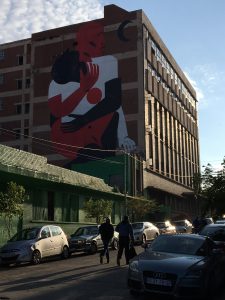






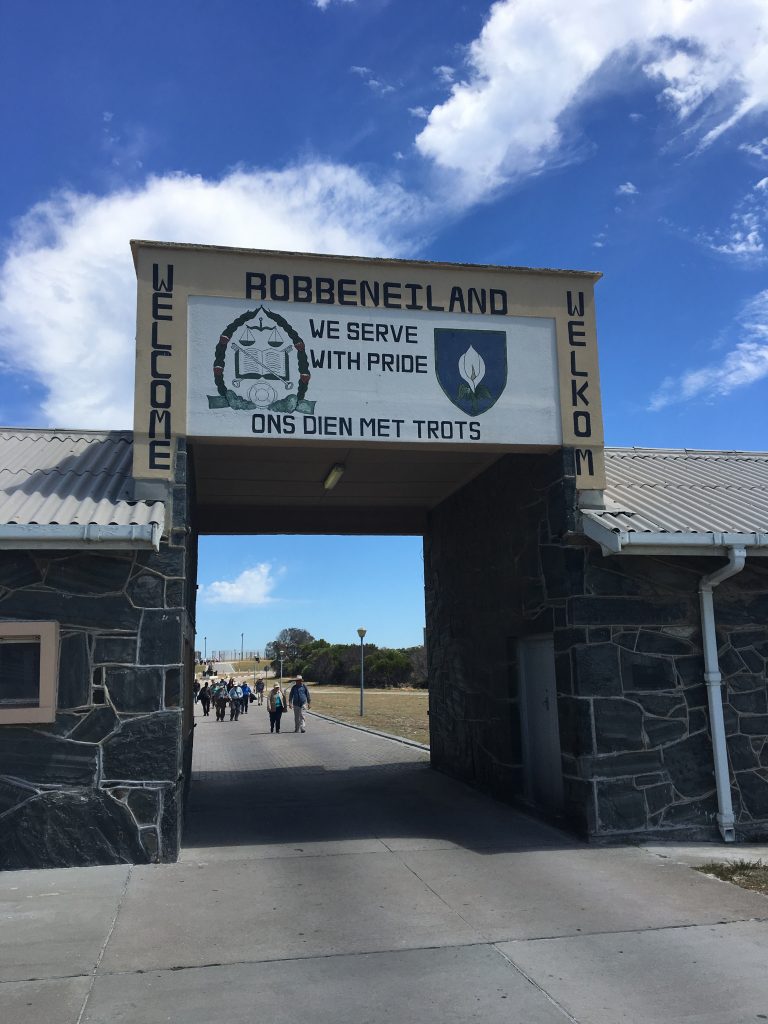

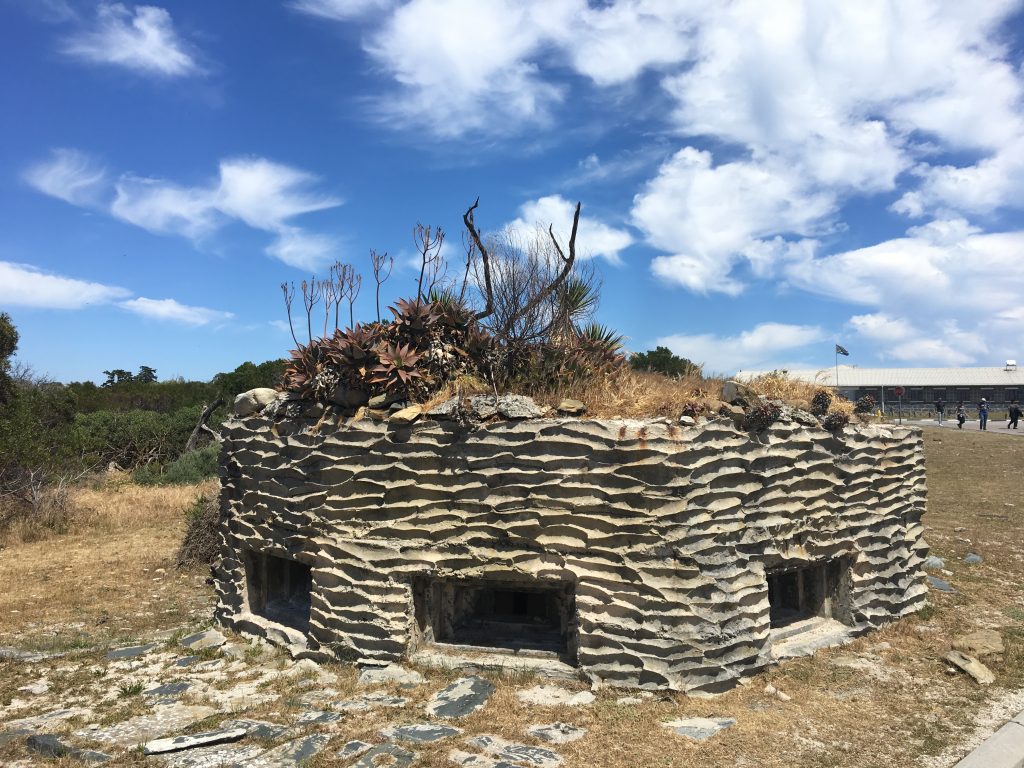


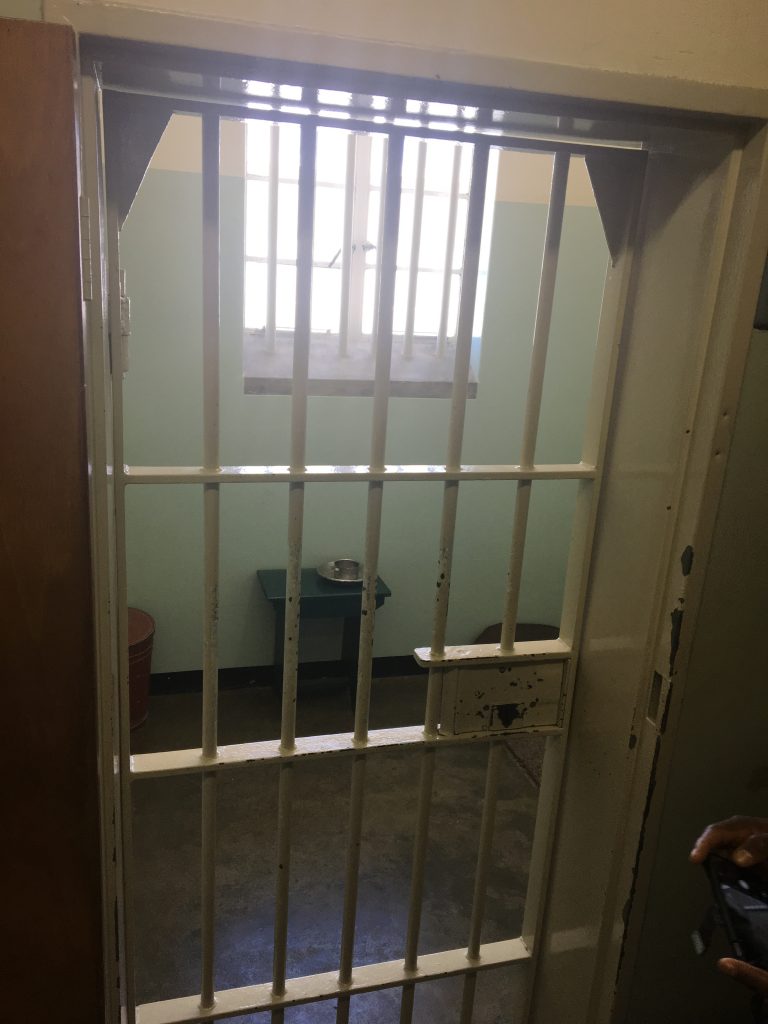


























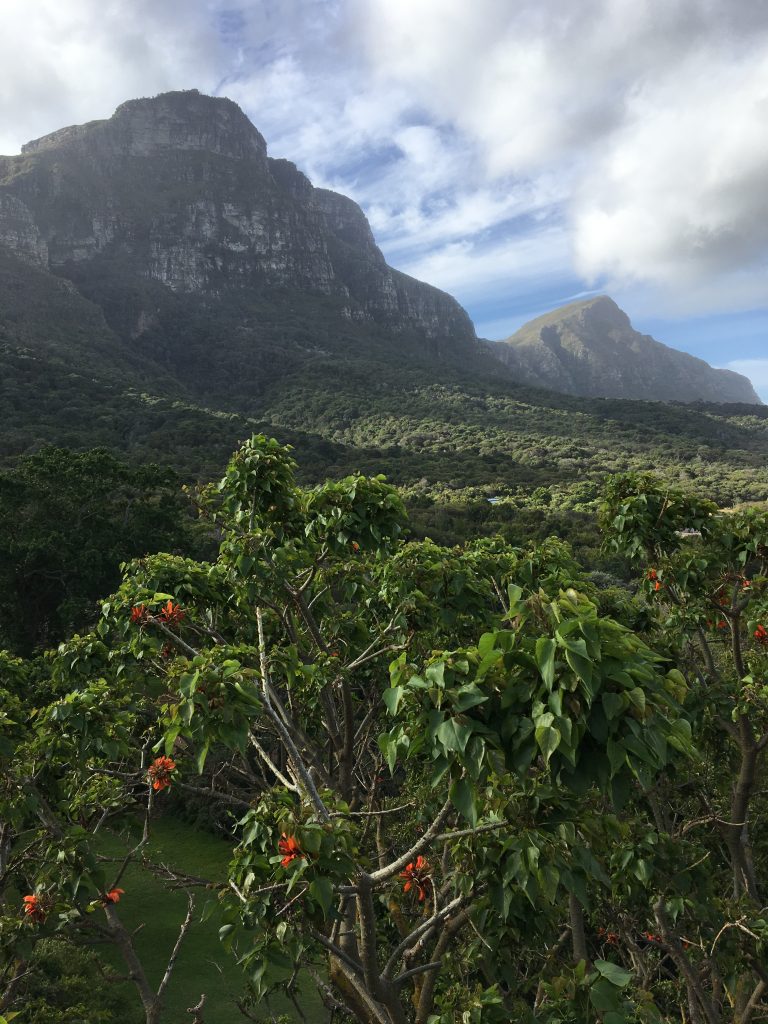







































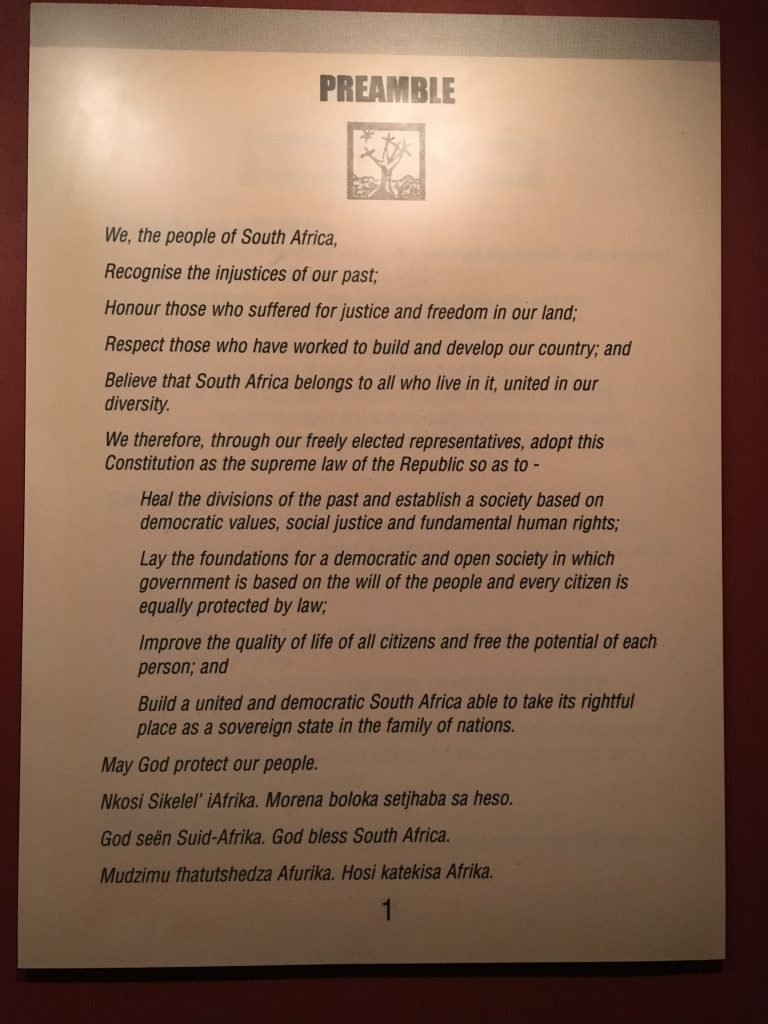



















4 Comments
Leave a reply →